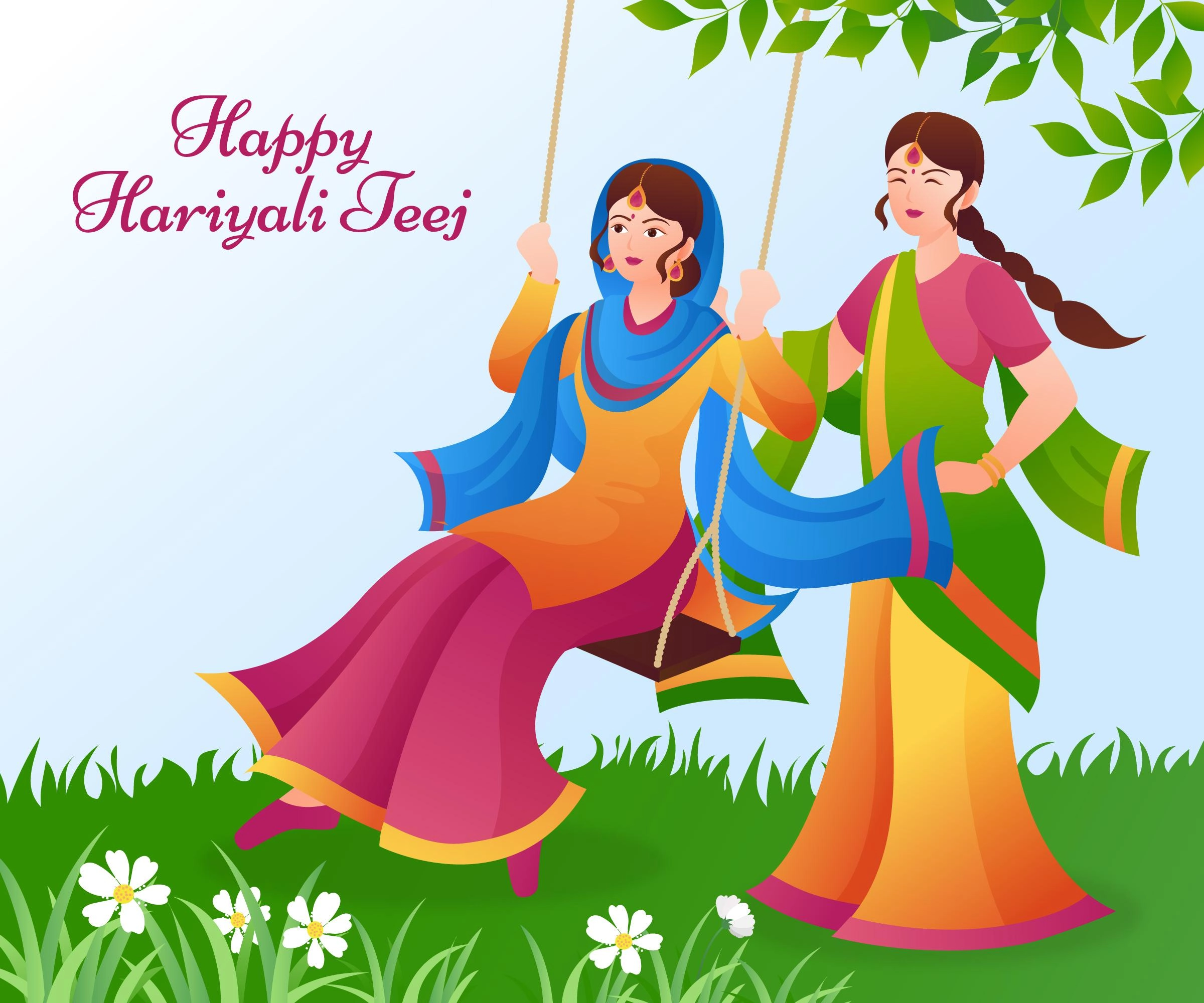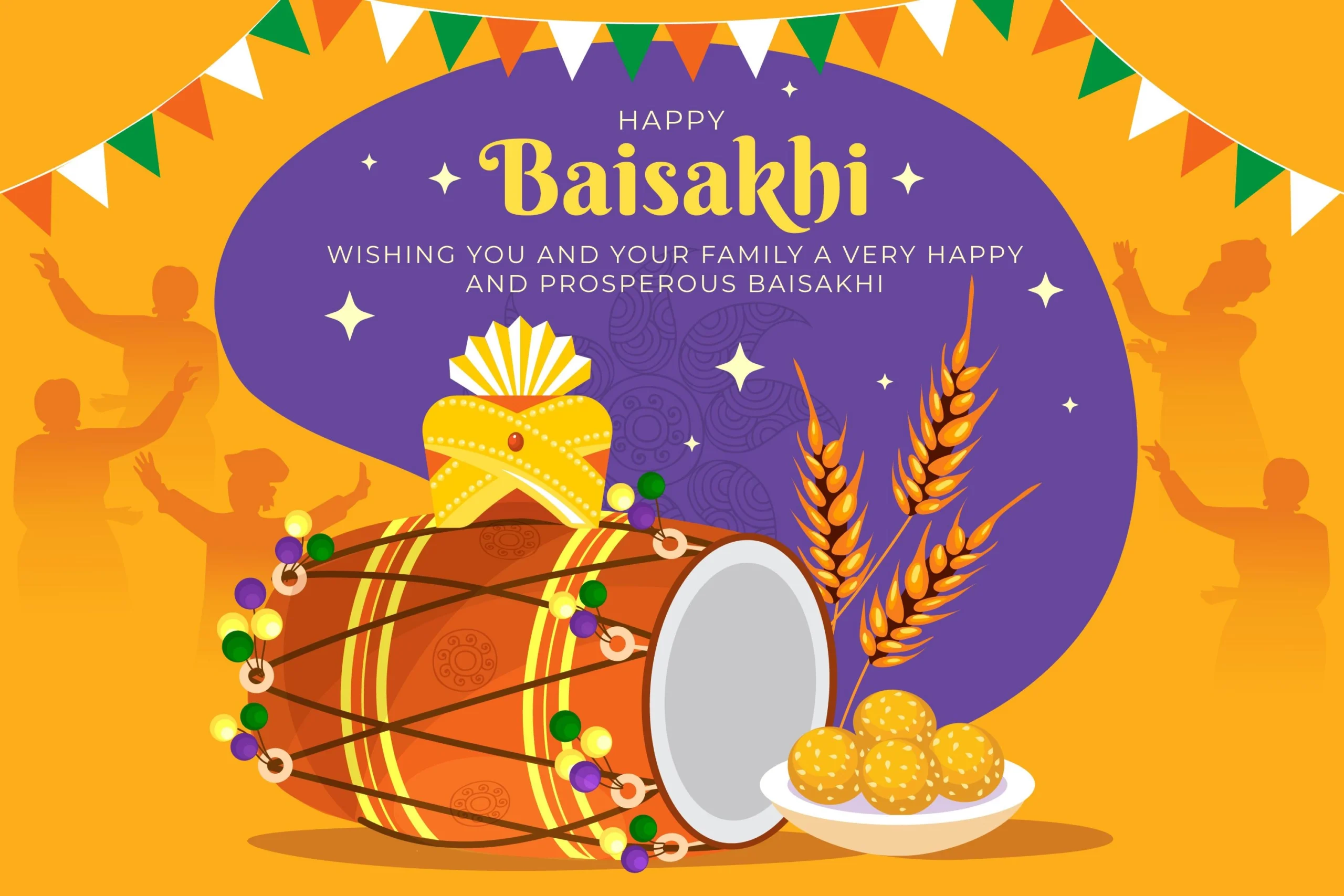Magh Bihu, also known as Bhogali Bihu or Maghar Bihu, is a vibrant festival celebrated in the Indian state of Assam. It marks the end of the harvest season and the beginning of the new agricultural year. The festival, celebrated in mid-January, is characterized by its rich cultural practices, festive foods, and community gatherings. This guide will explore the traditions, customs, and festivities associated with Magh Bihu, offering a detailed look at how to celebrate this important Assamese festival.
Understanding Magh Bihu
The Significance of Magh Bihu
Magh Bihu is celebrated during the month of Magh, according to the Assamese calendar, which usually falls between mid-January and early February. It is a harvest festival, celebrating the end of the harvesting season and the beginning of the new crop cycle. The festival is marked by various rituals and traditions that highlight the cultural heritage of Assam.
Historical and Cultural Context
The festival has deep roots in the agrarian society of Assam. Historically, it was a time for farmers to give thanks for the bountiful harvest and to seek blessings for future prosperity. Over the years, Magh Bihu has evolved into a community celebration that brings people together through feasting, music, dance, and traditional rituals.
Preparations for Magh Bihu
Cleaning and Decorating the Home
In preparation for Magh Bihu, households are cleaned and decorated. People often create intricate patterns using rice flour on the floor, known as “kolam” or “alpana.” Homes are adorned with traditional Assamese decorations, including flower garlands and bamboo structures.
Shopping for Festive Ingredients
The preparation of special dishes is an integral part of Magh Bihu. Traditional foods include “pitha” (rice cakes), “laru” (sweet balls), and “oni” (savory snacks). It’s essential to shop for fresh ingredients such as rice, jaggery, sesame seeds, and various spices to prepare these festive treats.
Traditional Rituals and Practices
The Bihu Feast
The highlight of Magh Bihu is the communal feast. Families and friends come together to enjoy a sumptuous meal that includes a variety of traditional dishes. The feast is often held outdoors, with the use of large open spaces and traditional cooking methods such as using earthen stoves and bamboo baskets.
The Bhelaghar Ceremony
One of the significant rituals during Magh Bihu is the “Bhelaghar” ceremony. This involves the construction of temporary huts made from bamboo and thatch. These huts are used as a place for communal feasting and are set ablaze at the end of the festival as a symbol of the end of the old and the beginning of the new.
Traditional Games and Sports
Magh Bihu is also known for its traditional games and sports. Events such as “Bihu Raas” (a traditional dance form) and “Mukhna” (a form of tug-of-war) are popular during the festival. These activities foster community spirit and provide entertainment for people of all ages.
Cooking Special Magh Bihu Dishes
Pitha (Rice Cakes)
Pitha is a staple of the Magh Bihu feast. There are various types of pitha, including “til pitha” (made with sesame seeds and jaggery), “xoru pitha” (small rice cakes), and “khar pitha” (savory rice cakes). Each type of pitha has its own unique preparation method and flavor profile.
Laru (Sweet Balls)
Laru are sweet balls made from ingredients like jaggery, sesame seeds, and grated coconut. They are typically enjoyed as a dessert or snack during the festival. The preparation involves mixing the ingredients and rolling them into small, bite-sized balls.
Oni (Savory Snacks)
Oni are savory snacks made from rice flour and spices. They are often served with tea or as an accompaniment to the main meal. Common types of oni include “khar” (a type of curry) and “bhujia” (a crispy, fried snack).
Community Celebrations and Cultural Events
Traditional Dance and Music
Music and dance are central to Magh Bihu celebrations. Traditional Assamese music, featuring instruments like the “dhol” (drum) and “bahi” (flute), sets the tone for the festivities. Dancers perform traditional Bihu dances, characterized by lively movements and colorful attire.
Craft and Art Exhibitions
Magh Bihu also features craft and art exhibitions that showcase traditional Assamese artistry. These exhibitions include handmade textiles, pottery, and other crafts that reflect the cultural heritage of Assam.
Tips for a Memorable Magh Bihu Celebration
Embrace the Spirit of Togetherness
Magh Bihu is a festival that emphasizes community and togetherness. Engage in communal activities, invite friends and family to join the celebrations, and participate in the various rituals and feasts.
Respect Traditional Practices
Respecting traditional practices and customs is essential to fully experience the essence of Magh Bihu. Participate in rituals with sincerity and take the time to learn about their significance.
Explore Local Variations
Different regions in Assam may have their own unique ways of celebrating Magh Bihu. Explore local variations and customs to gain a deeper understanding of the festival’s diversity and richness.
Conclusion
Magh Bihu is a joyous festival that celebrates the end of the harvest season and the beginning of a new agricultural cycle. It is a time for feasting, community gatherings, and honoring traditional practices. By preparing special dishes, participating in traditional rituals, and embracing the spirit of togetherness, you can make your Magh Bihu celebrations memorable and meaningful. Whether you’re a local or new to the festival, immersing yourself in the customs and traditions of Magh Bihu will allow you to appreciate the rich cultural heritage of Assam and join in the festive spirit of this vibrant celebration.


